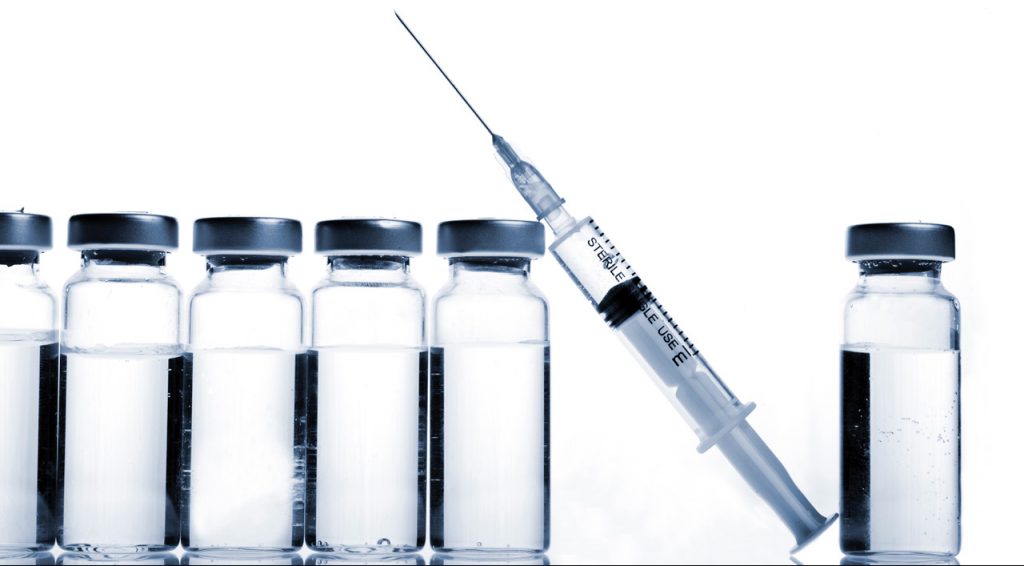Drying in a continuous wet granulation line: Investigation of different end of drying control methods

Continuous manufacturing in the pharmaceutical industry has been gaining traction in the past few years. To fully understand and optimise continuous manufacturing processes it is important not only to focus on the single units which act as building blocks but also to understand how the parameters in different units affect and interact each other and the final product. In this study, the drying behaviour of granules in a segmented fluidised bed dryer was studied. Granules were produced in a twin screw granulator, forming part of a continuous powder to table line (Consigma-25).
Highlights
• Continuous fluidised bed dryer NIR curve during continuous filling and drying.
• Different control system for determination of end of drying compared.
• Different L/S ratios utilised in the fluidised bed to improve the understanding of its effect.
The temperature readings and the moisture content were recorded during the drying process of granules produced with different amounts of liquid binder. From the temperature profiles, it was possible to create a method able to detect when the drying process loses efficiency (the drying rate drops) and therefore predict the optimal drying time at different conditions. The method was validated via online Near Infra Red (NIR) moisture measurements to detect the moisture content of the granules during the drying, and was compared to the available fixed drying time and temperature controlled end of drying methods.
The method was successful in targeting a specific moisture content and could be used to locate the optimal drying temperature for a target moisture content in the future. The moisture content during the filling of the dryer was also recorded and provided further insight into the drying behaviour of the granules in the segmented dryer; this characteristic behaviour could later be used to detect problems during the filling time. The drying rate was also calculated making it possible to predict the optimal drying time at different operating conditions in the granulator and to assess the impact on drying of the different liquid to solid ratio used. Continue reading here
Article information: Daniele Monaco, Chalak Omar, Gavin K. Reynolds, Pirjo Tajarobi, James D. Litster, Agba D. Salman. Drying in a continuous wet granulation line: Investigation of different end of drying control methods, Powder Technology, 2021. https://doi.org/10.1016/j.powtec.2021.07.004.


